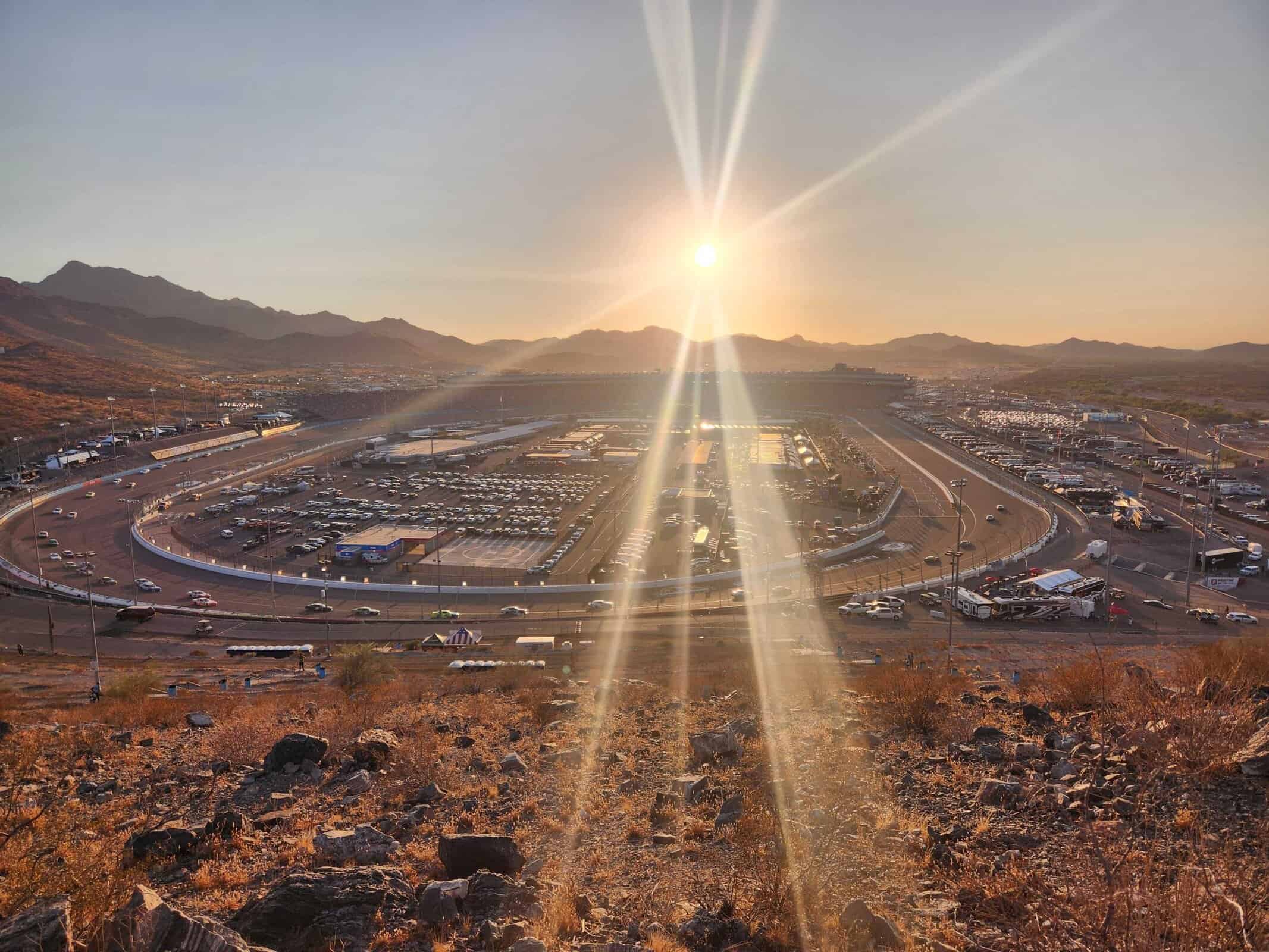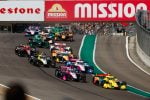INDYCAR released its schedule for the 2026 season on Tuesday, and is a clear step in the right direction for the series despite failing to completely address most of the series’ long-running scheduling issues.
Featuring three new (or returning) venues, the return of a popular doubleheader and some much-needed movements to create density in hollow spaces, let’s examine the good, the bad and the ugly of this new schedule.
The Good
So long to the Gap, as Tom Blackburn has called it. With races on March 1, March 8, March 15 and March 29, the NTT IndyCar Series finally has a consistent presence for fans at the track and at home for the start of the season.
Starting on the streets of St. Petersburg, Florida, the series will then head to Phoenix Raceway for the first time since 2018, then to the streets of Arlington, Texas, and, two weeks later, to Barber Motorsports Park. Four races in five weeks is nothing to scoff at.
One positive of FOX’s new involvement with IndyCar for 2025 was the barrage of IndyCar advertisements the network unleased on its TV audience toward the start of the season. If that strategy repeats in 2026, it will mean so much more when there’s an actual plethora of races taking place at that time of the year. An oval being the second stop on the schedule will also provide fans with early-season excitement which has been lacking, some would say, since Texas Motor Speedway dropped off the schedule in 2024.
Speaking of ovals, the series heading back to Phoenix is about as good an addition to the calendar a fan could ask for. Would it be better to go to Homestead-Miami Speedway or Texas? How about back to Auto Club Speedway, in a different world? Sure.
However, with Thermal Club not returning (we’ll mark that as a positive), the Series has filled in a stop toward the West Coast before heading to Long Beach and will, hopefully, be able to cash in on some legacy fans from when Phoenix was a consistent feature on the calendar, way back when. It’s hard to say how running IndyCar on the same day as the NASCAR Xfinity Series will play out, but it’s worth a shot, for sure.
Two Sunday night, primetime races in the form of World Wide Technology Raceway at Gateway in June and Nashville Superspeedway in July are also smart moves. Nashville will run right after FOX’s coverage of the FIFA World Cup; this may bring some international fans as well as a stick-and-ball crowd who would potentially be unfamiliar with racing at large. Is it worth bringing Nashville away from its spot as the season finale? We’ll see.
The Bad
WeatherTech Raceway Laguna Seca as the season finale is just… whatever.
Granted, it’s a very popular track with a long and storied history, but Nashville as the finale is a tough act to follow. There’s something about the atmosphere of an IndyCar oval race which is very hard to describe and even harder to forget. If the title fight goes down to the last race in 2026, I’m not convinced it’d be appropriate to host that race anywhere but an oval. And if the title is decided before the last race, the schedule would close out with an accessible race on a track where fans have a wide view and don’t need to know the intricacies of road-course racing to understand what’s happening.
In a word? Uninspired.
Likewise, the geographical spread of the calendar leaves something to be desired.
The purported, but never likely, Washington D.C. street circuit did not come to fruition. Even more egregious, the long-awaited and highly anticipated race at Autodromo Hermanos Rodriguez in Mexico City was declared dead days before the schedule’s release.
While issues stemming from the upcoming World Cup, being hosted in the United States, Mexico and Canada, are a fair enough reason, this is a huge loss of face for INDYCAR all the same.
For long-term growth, it seems straightforward that fans across the country ought to be withing a daytrip of a track as much as possible. For fans on the East Coast, for example, that’s simply not the case.
The season could also benefit from some length. Does IndyCar need a 36-race season like NASCAR? No.
Would 20 or 23 be attainable? One would think so. Perhaps this is drifting into the realm of fantasy rather than a realistic prescription. It’s a relief that the season is now more than six-months long, but that’s a frustration place to start the discussion, isn’t it?
The Ugly
Losing Iowa is, honestly, neither surprising nor particularly depressing.
Not only is Iowa a hike to get to for fans located in major urban areas throughout the Midwest, but its attendance and promotion or lack thereof in 2025 was absolutely abysmal. The ugly factor here is not that Iowa is gone, but that a race fell through the cracks in the first place.
The only international round on the schedule moving from the streets of Toronto to Markham? We’ll see.
Moving out of the heart of Toronto is a shame, sure, but street courses are notoriously difficult to maintain given the strain they can put on local infrastructure, authorities, businesses and the like. This may have only been a matter of time and it’s worth commending that the race stayed in Exhibition Place for as long as it did.
It’s not unreasonable to worry that Markham may not be located in a place that will facilitate great attendance, but it would be nice to be proven wrong. At the very least, the Canadian date didn’t drop off all together. Think positive.
Verdict
It could certainly be worse.
There’s a lot to be proven this season and, if these three new races play out well, the season will be a success in my mind. If Phoenix turns processional again, and Arlington or Markham prove to be lacking in opportunities for overtaking or suffer logistical issues that would not surprise at a new street circuit, the series may end up playing damage control for the bulk of the year.
In 164 days, we’ll start the process of finding an answer.
Alex is the IndyCar Content Director at Frontstretch, having initially joined as an entry-level contributor in 2021. He also serves as Managing Director of The Asia Cable, a publication focused on the international affairs and politics of the Asia-Pacific region which he co-founded in 2023. With previous experience in China, Japan and Poland, Alex is particularly passionate about the international realm of motorsport and the politics that make the wheels turn - literally - behind the scenes.





